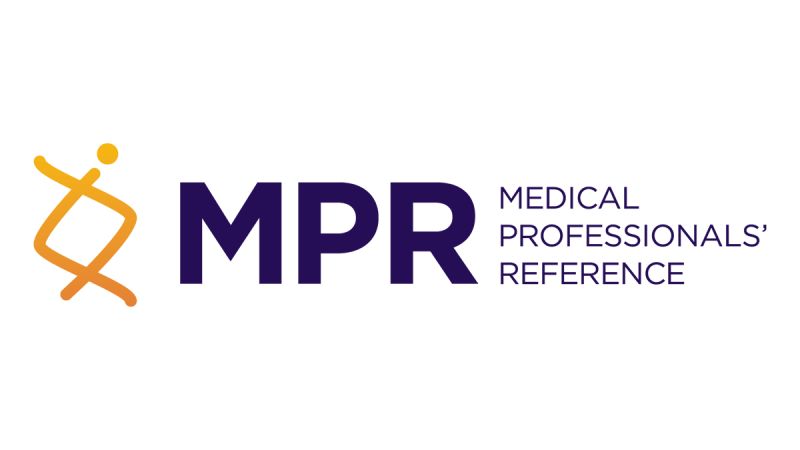
A comprehensive analysis of private insurance claims data from 2018 to 2022 reveals notably low rates of gender-affirming medication use among transgender and gender-diverse (TGD) adolescents in the United States. The study, published in JAMA Pediatrics, examined data from more than 5 million adolescents aged 8-17 years, providing crucial insights into the actual utilization patterns of puberty blockers and hormone treatments.
Key Points:
- Puberty blocker prescription rates showed distinct patterns based on assigned sex at birth, with 20.81 per 100,000 adolescents assigned female at birth (AFAB) and 15.22 per 100,000 adolescents assigned male at birth (AMAB) receiving these medications
- Hormone treatment rates demonstrated higher utilization among AFAB adolescents (49.9 per 100,000) compared to AMAB adolescents (25.34 per 100,000), indicating a significant disparity in treatment access or seeking patterns
- Age-related trends revealed peak hormone prescription rates at age 17, reaching 140.16 per 100,000 for AFAB adolescents and 82.42 per 100,000 for AMAB adolescents, with no prescriptions documented before age 12
- Pre-age 14 puberty blocker prescriptions showed slightly higher rates among AFAB adolescents compared to AMAB adolescents, suggesting potential differences in treatment timing based on assigned sex
- The researchers note these figures likely represent maximum estimates, with lower rates expected among those with less comprehensive insurance coverage, Medicaid recipients, and uninsured individuals

HCN Medical Memo
This study provides critical baseline data for understanding the actual utilization of gender-affirming medications among privately insured adolescents, demonstrating that despite increasing visibility, prescription rates remain notably low and vary significantly by assigned sex at birth.
More on Gender-Affirming Care
 PATIENT EDUCATION
PATIENT EDUCATION  OBESITY/WEIGHT MANAGEMENT
OBESITY/WEIGHT MANAGEMENT  EXERCISE/TRAINING
EXERCISE/TRAINING  LEGAL MATTERS
LEGAL MATTERS  GUIDELINES/RECOMMENDATIONS
GUIDELINES/RECOMMENDATIONS